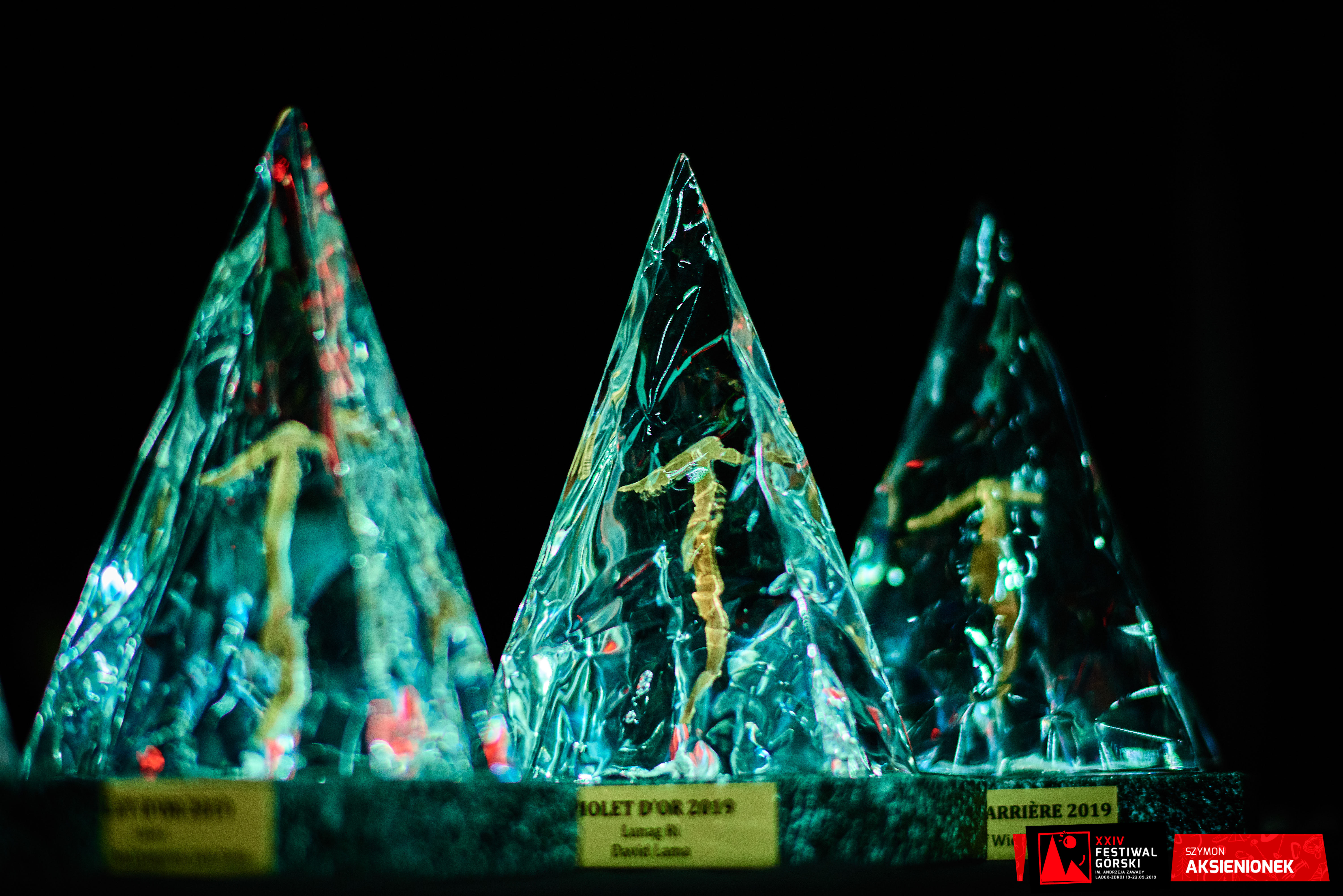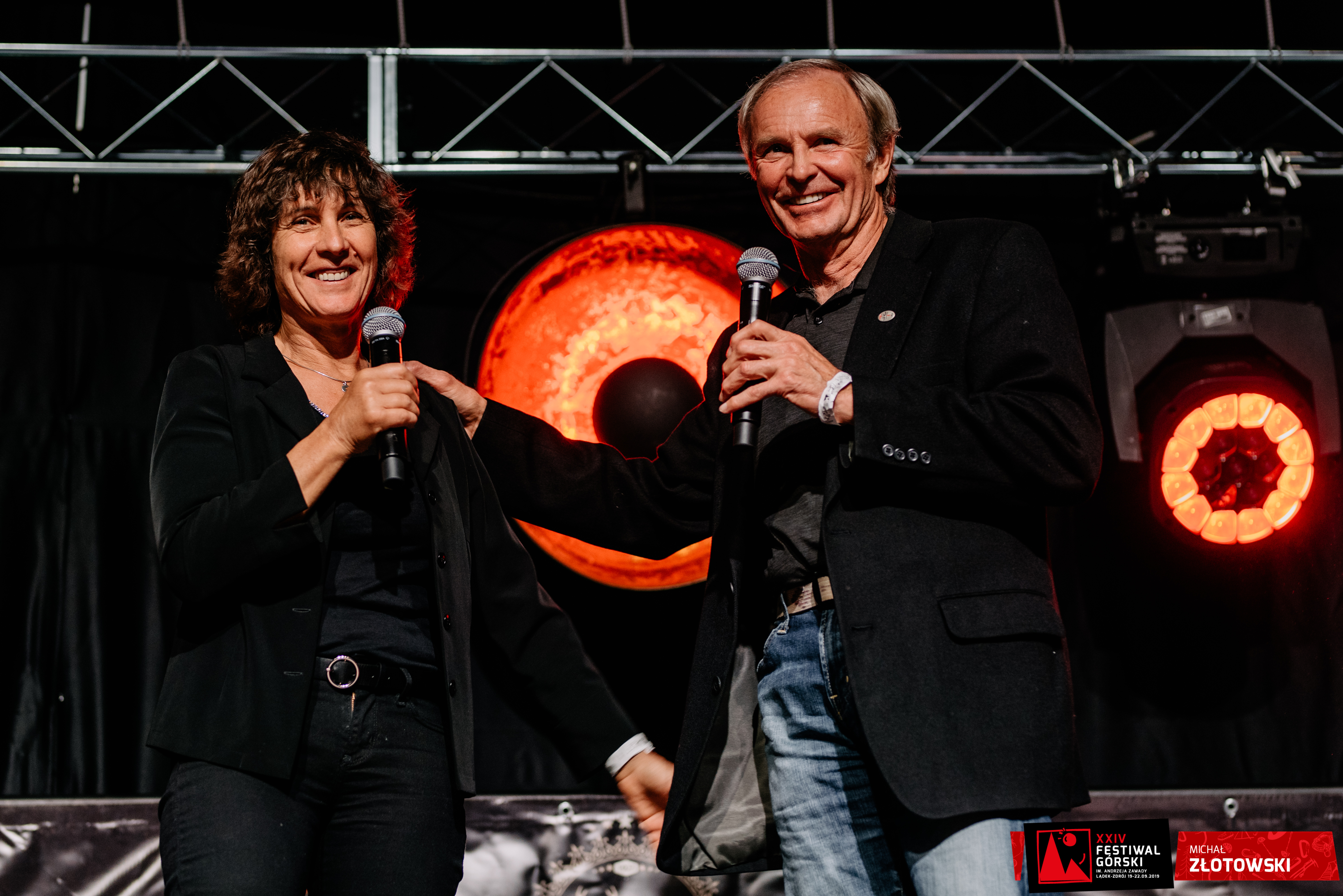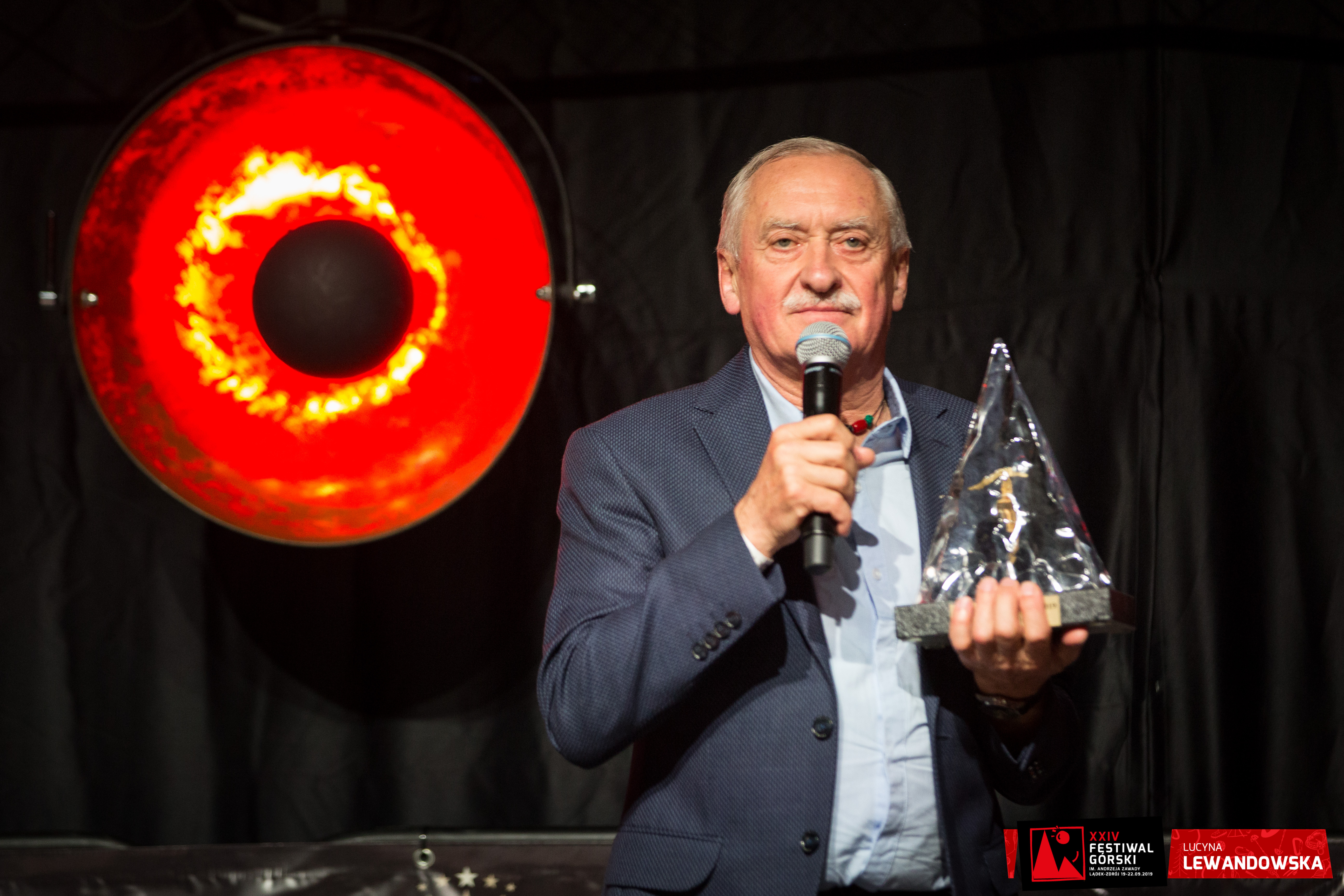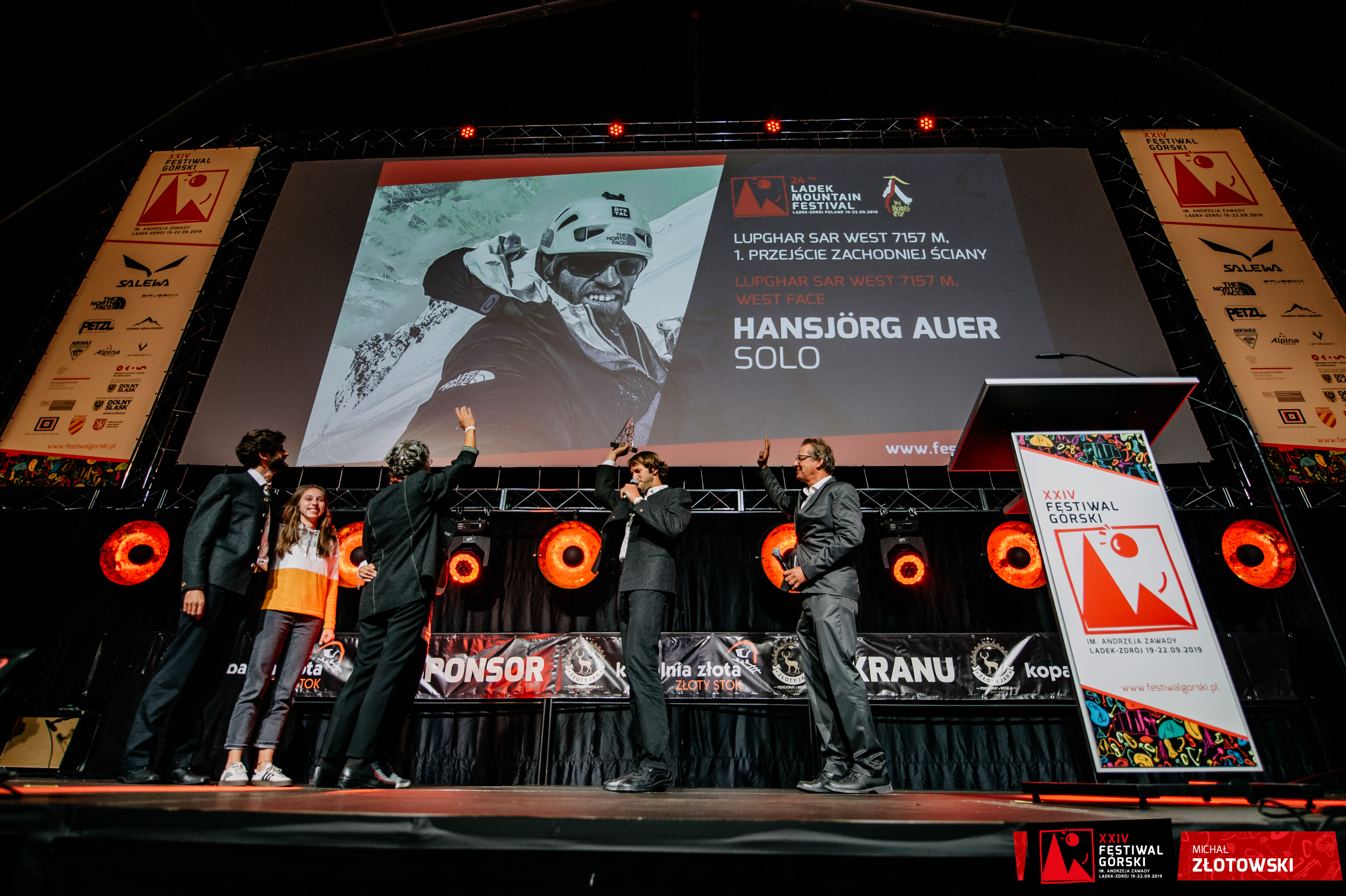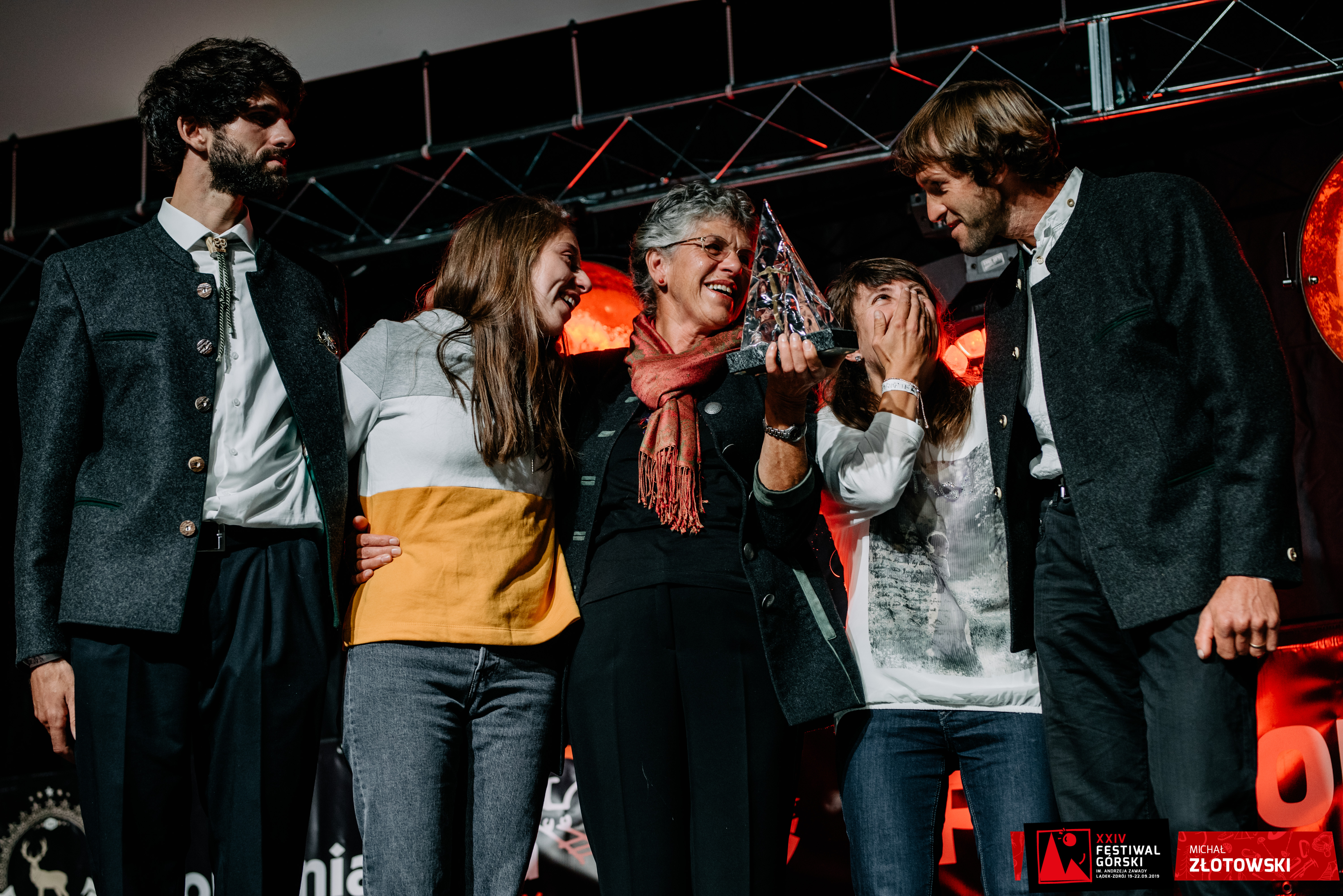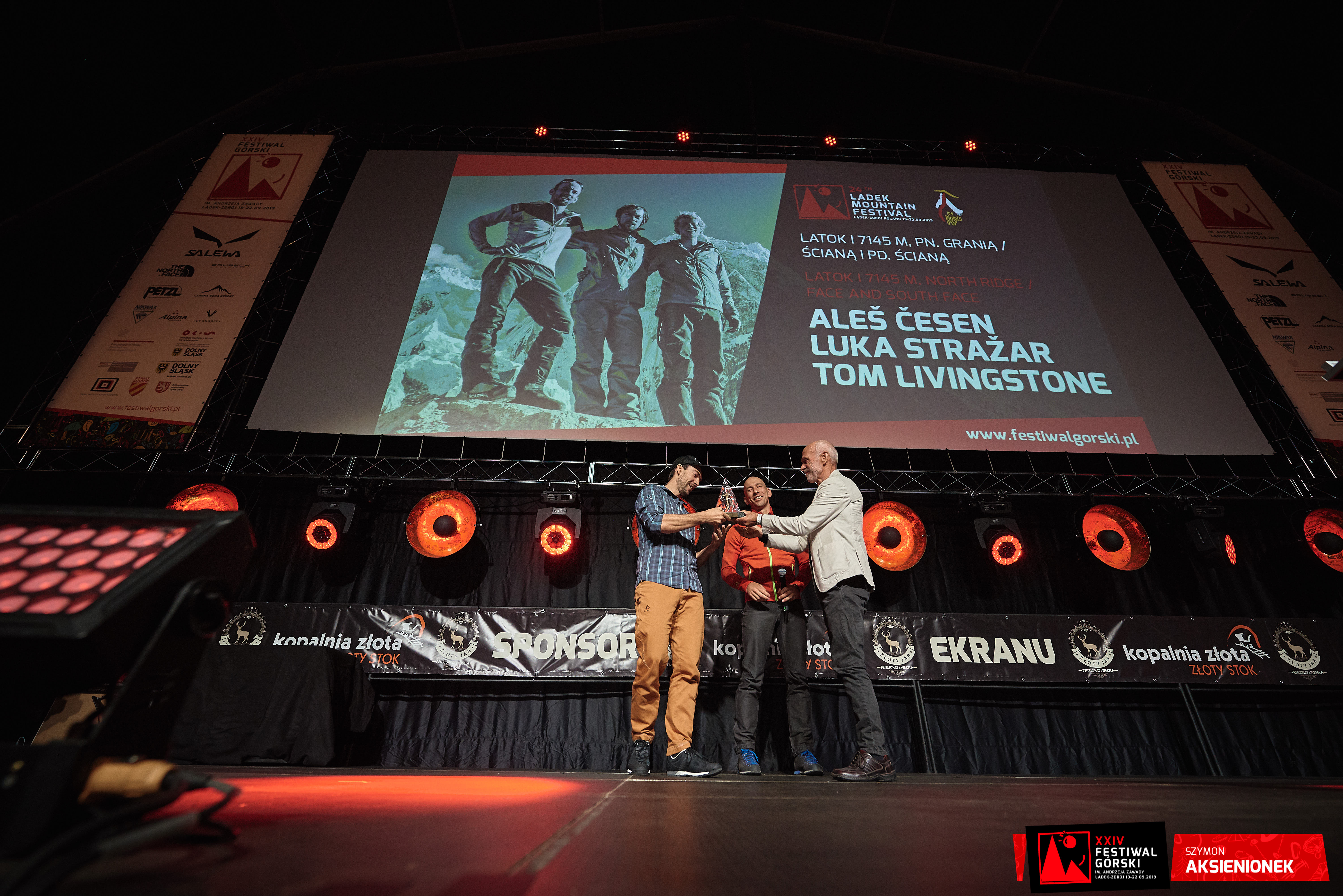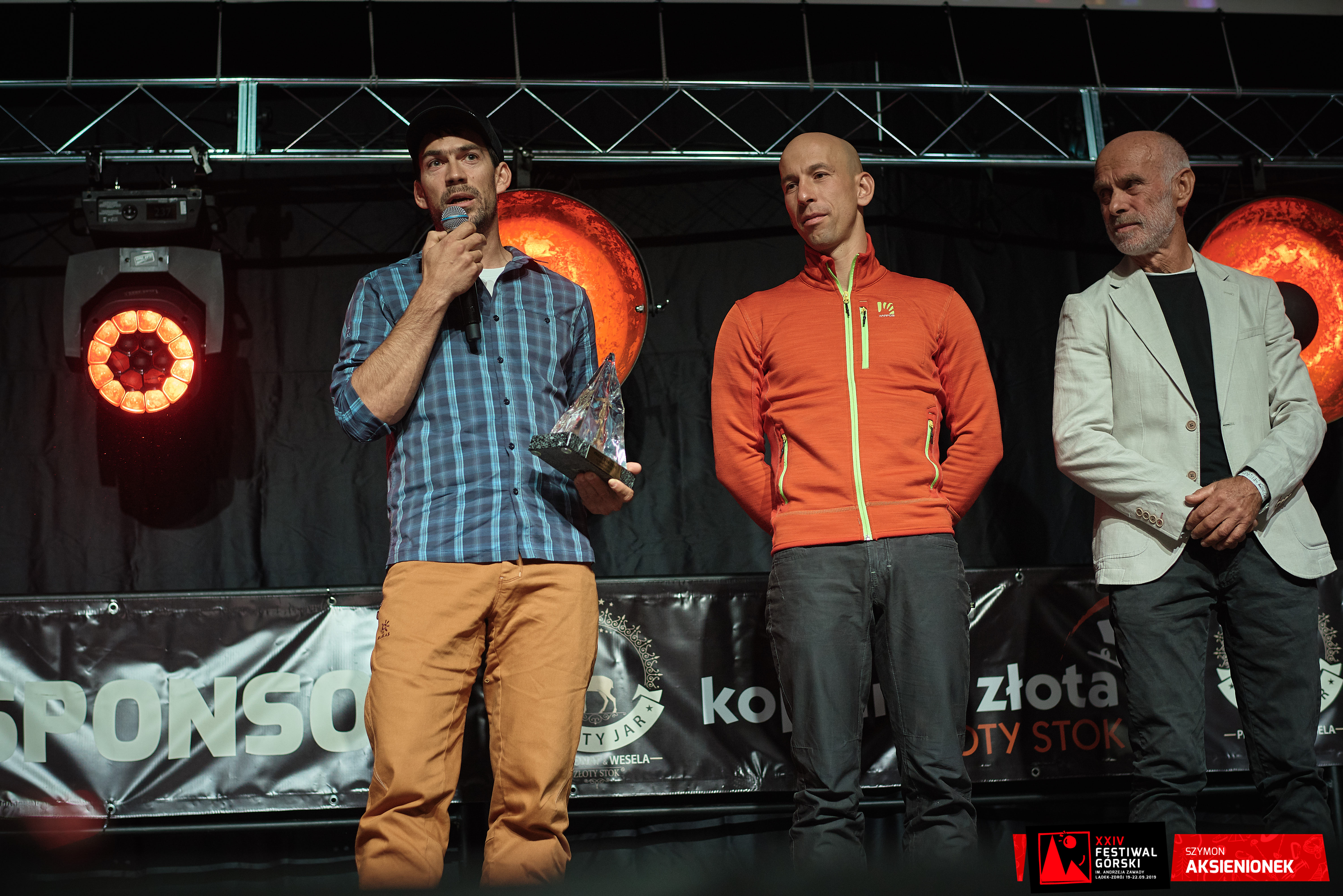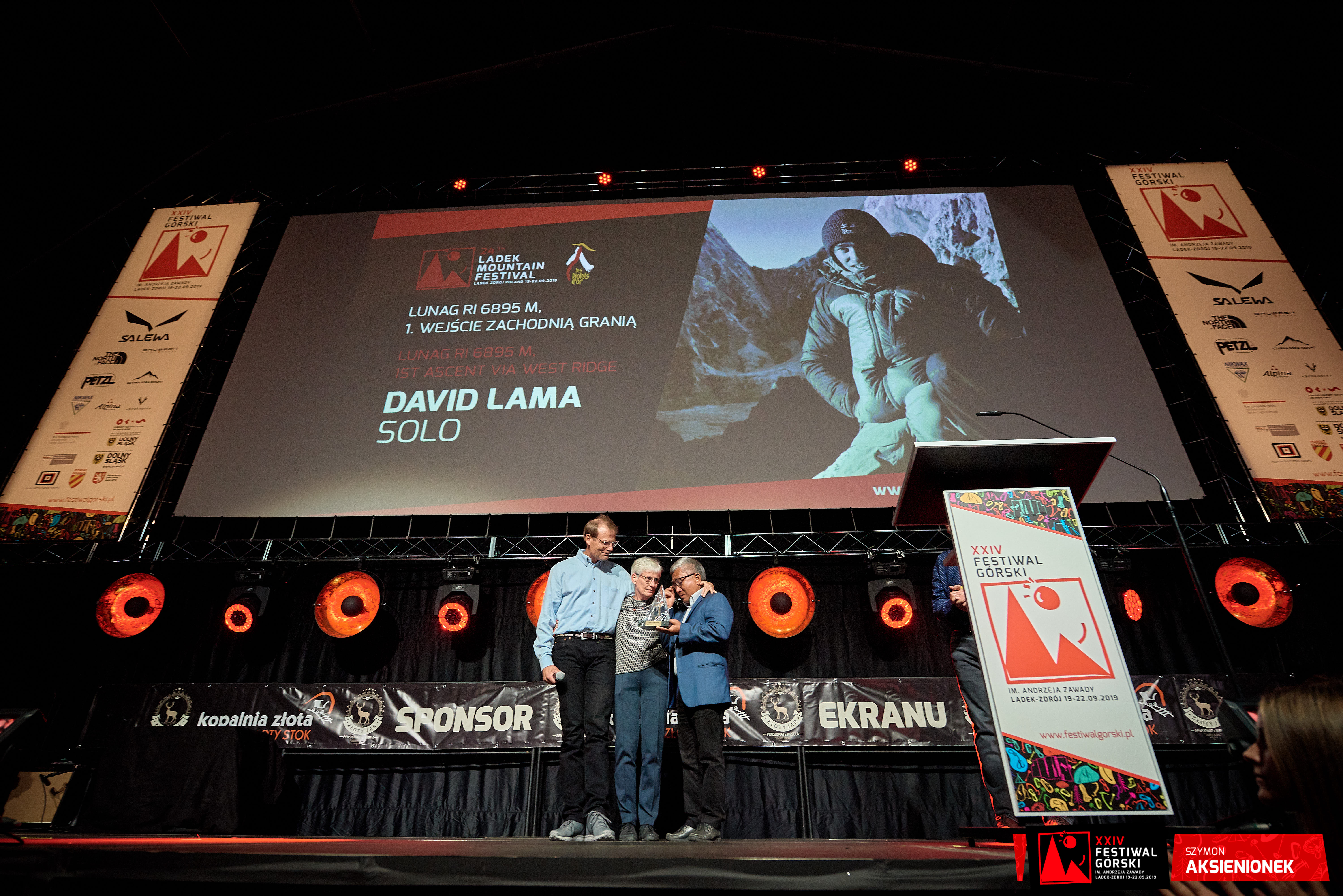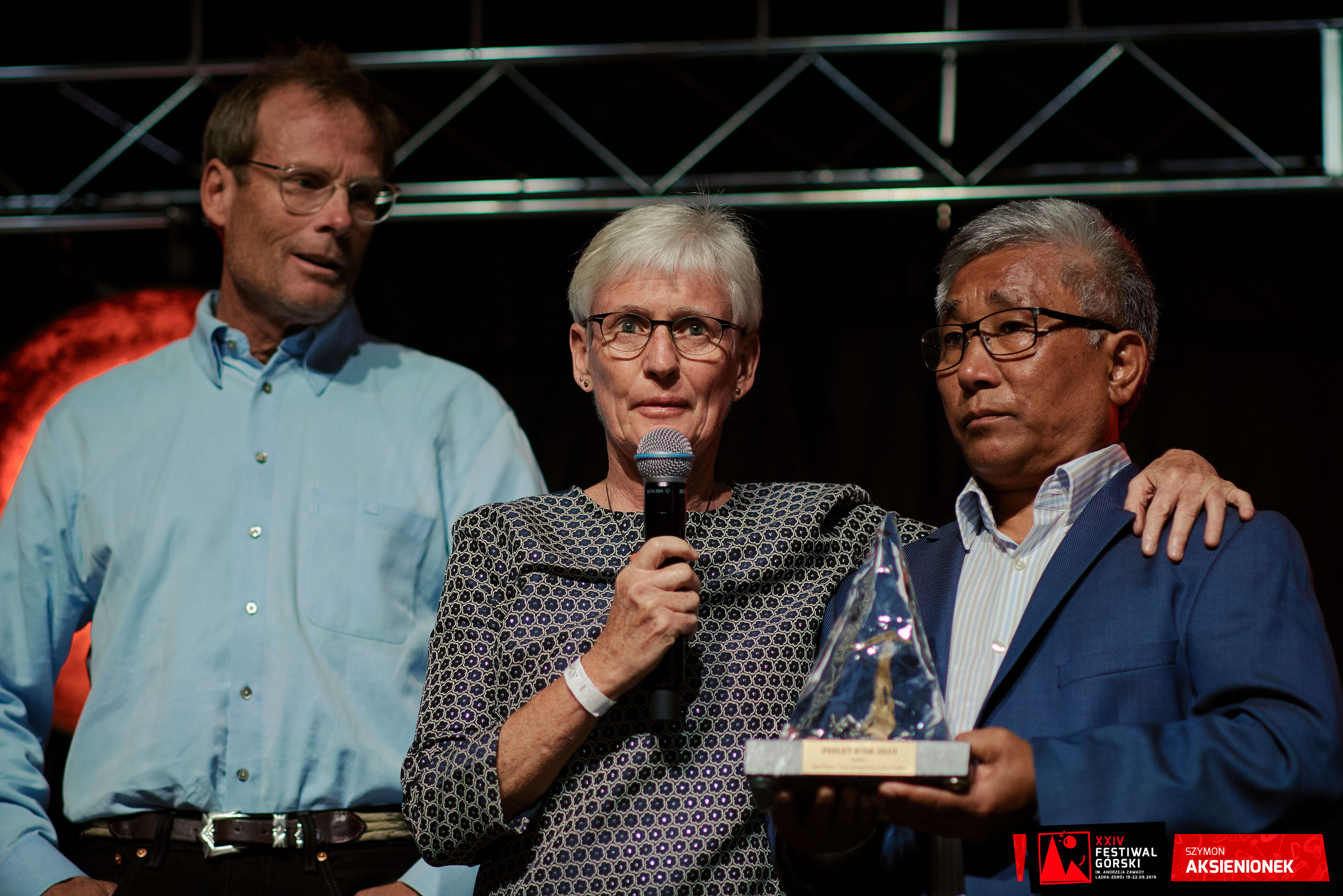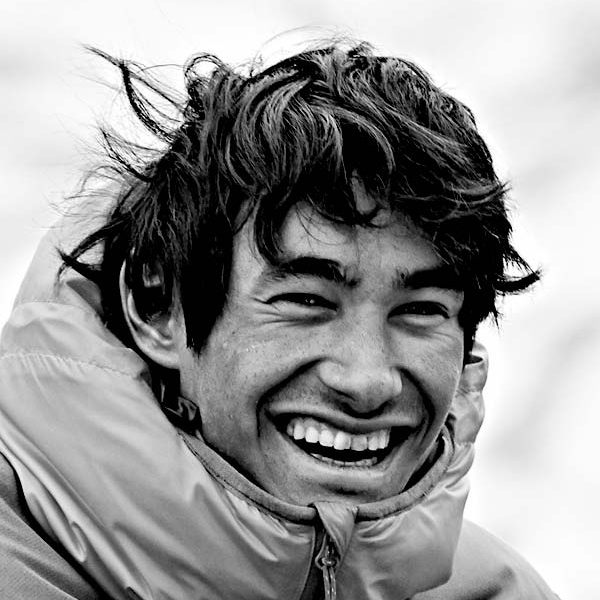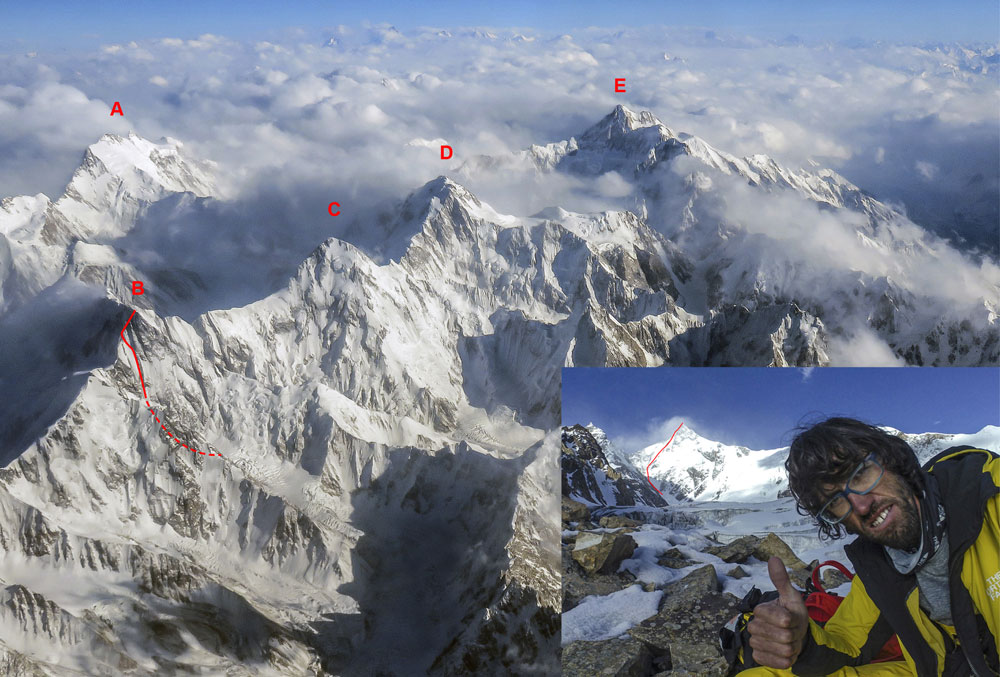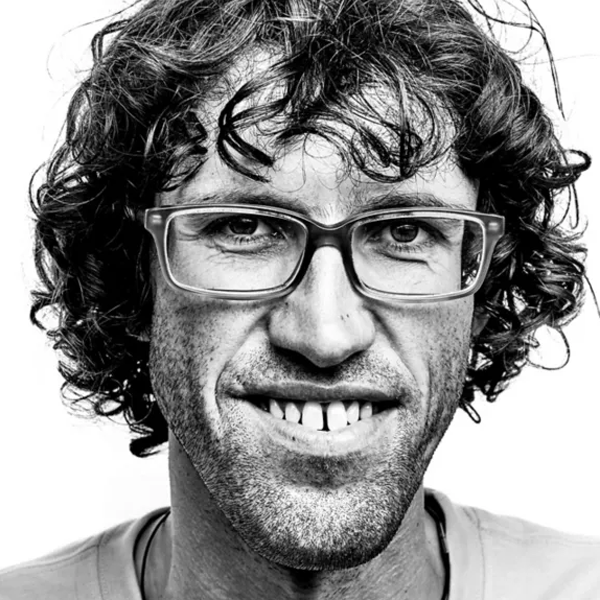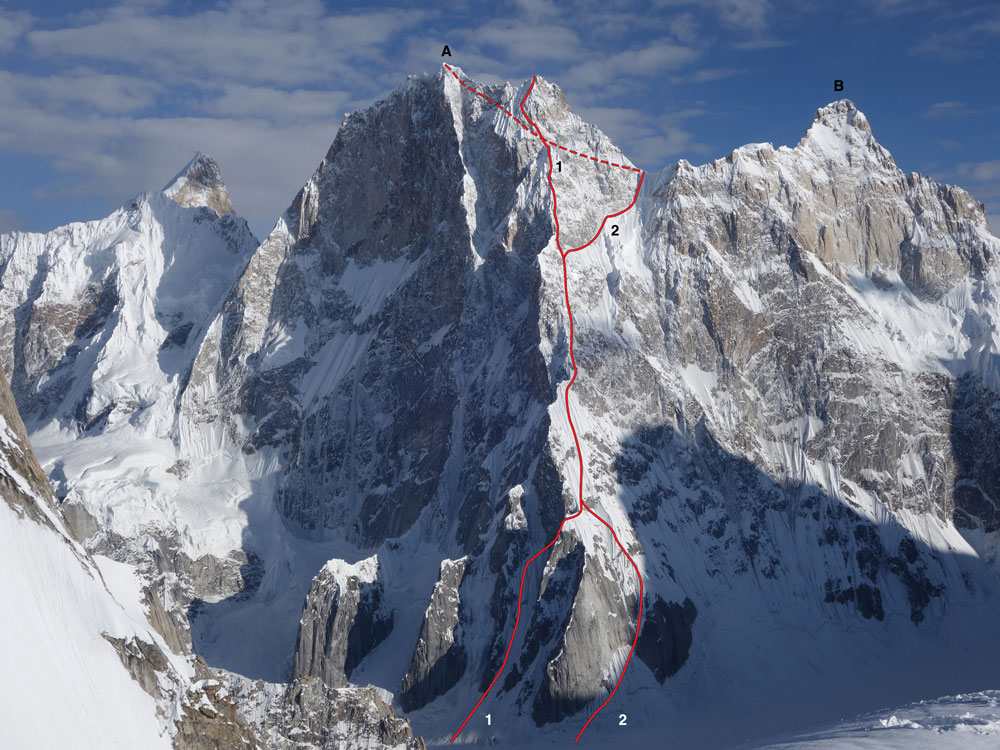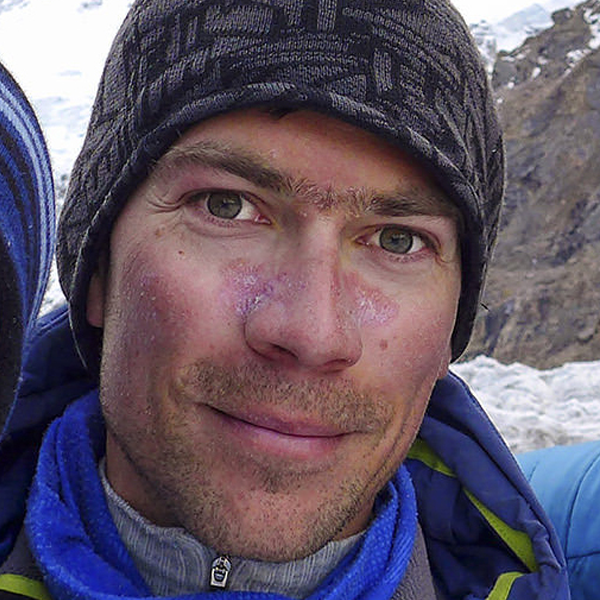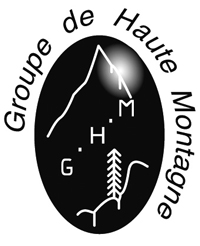Lunag Ri (6,895M)

Lunag Ri from the southwest.
(A) Main summit (6,895m).
(B) Southeast top
(1) Line of Anker-Lama attempts in 2015 and 2016.
(2) Line of Lama’s solo ascents.
(H1) High point with Anker in 2016.
(H2) High point of 2015 attempt and 2016 solo attempt.
©David Lama/American Alpine Journal
FIRST ASCENT VIA WEST RIDGE1,500M, 90°,
DAVID LAMA (AUSTRIA), SOLO, OCTOBER 23-25
Lunag Ri is the culminating point of the Rolwaling's Lunag Massif, which straddles the Nepal-Tibet border. Before 2018 it was one of the highest unclimbed peaks in Nepal and there had been at least four serious attempts to reach its lofty summit. An attempt from the southeast, and another from the north, both finished on a subsidiary southeast top. In 2015 Conrad Anker and David Lama reached a point on the west ridge around 300m below the summit, finding the ridge more complex and difficult than expected. They returned in 2016, only for Anker to be evacuated by helicopter after suffering a stroke. Lama subsequently made a bold solo attempt, surpassing his previous high point by around 50m.In 2018, when Anker confirmed he would no longer go on this sort of expedi-tion, Lama decided to decline other offers from strong partners and to go it alone. In the intense cold of late October, the Austrian climbed difficult mixed terrain, ice and snow, with two bivouacs, to reach the crux technical climbing on the steep headwall. Surmounting this, he made an airy traverse on to the spectacular diving-board summit. Lama descended by rappel, mostly along the line of his route. It was a climb that would remain "engraved in my memory for the exposure, the difficulty, the cold and the loneliness, and for a successful conclusion to a personal project".
